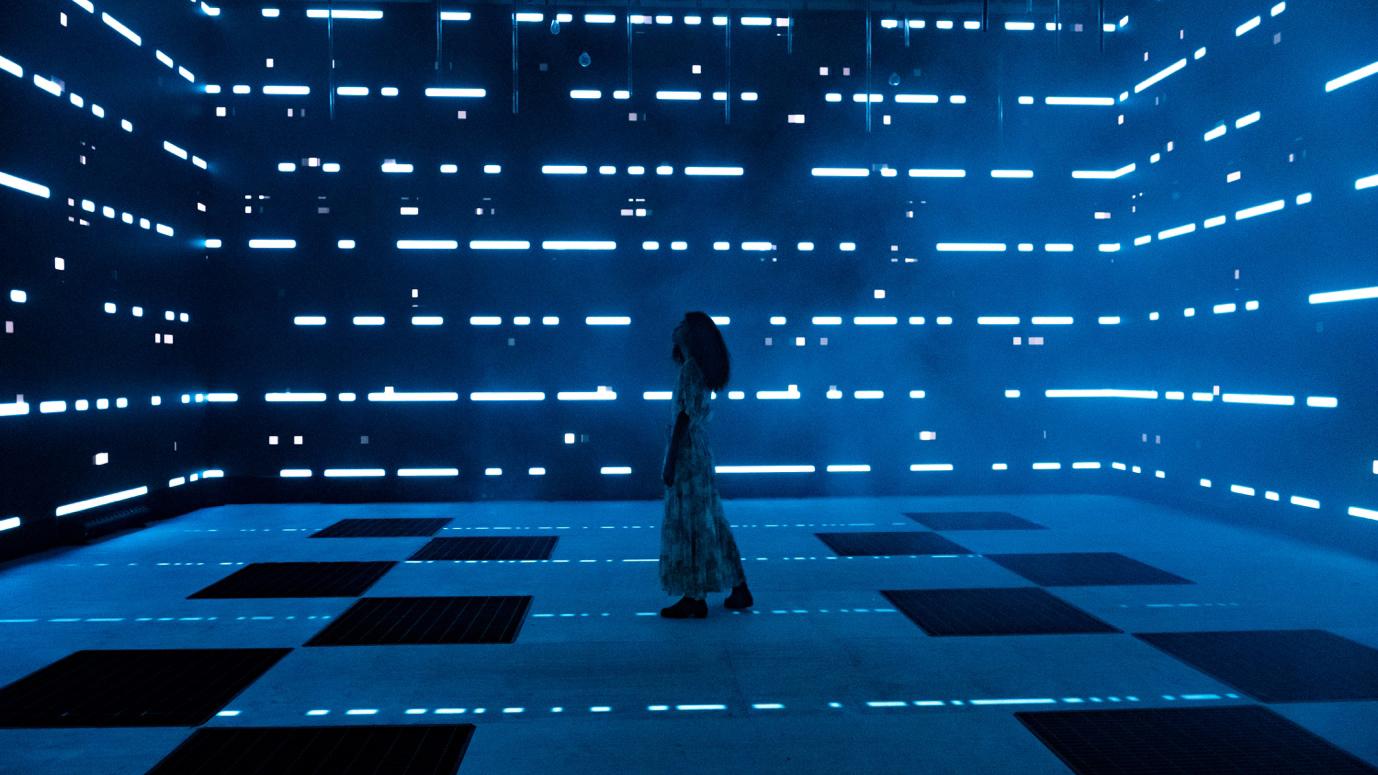In the ever-evolving landscape of television, where storytelling meets the cutting edge of technology, a new chapter unfolds with “NCIS: Origins.” As audiences prepare to dive into this fresh installment of the beloved franchise, they are not only greeted by gripping narratives and compelling characters but also by the marvels of modern technology that bring these stories to life. From the meticulous digital artistry that crafts each scene to the sophisticated software that ensures seamless production, “NCIS: Origins” stands as a testament to the harmonious blend of creativity and innovation. Join us as we explore the behind-the-scenes magic, where the warmth of human ingenuity meets the precision of technological advancement, creating a viewing experience that is as immersive as it is captivating.
Crafting Authenticity with Cutting-Edge CGI
In the realm of visual storytelling, authenticity often hinges on the seamless integration of technology and artistry. The production team behind “NCIS: Origins” has masterfully harnessed the power of cutting-edge CGI to create a world that feels both real and immersive. This digital wizardry is not just about dazzling visuals; it’s about crafting a narrative experience that resonates with viewers on a deeper level.
Key technologies employed include:
- Photorealistic Rendering: Utilizing advanced rendering techniques, the team ensures every scene captures the nuanced interplay of light and shadow, bringing an unparalleled depth to each frame.
- Motion Capture: By employing state-of-the-art motion capture technology, actors’ performances are translated into digital avatars with precision, preserving the emotional subtleties that drive the story forward.
- AI-Driven Enhancements: Artificial intelligence is leveraged to refine CGI elements, optimizing everything from texture details to environmental effects, ensuring a seamless blend with live-action footage.
These innovations not only elevate the visual quality of “NCIS: Origins” but also enrich the storytelling by allowing creators to push the boundaries of what is possible on screen. The result is a series that captivates audiences with its authenticity, drawing them into a world where technology and narrative are in perfect harmony.

The Art of Sound: Creating an Immersive Audio Experience
In the realm of television, sound is not just an accompaniment to visuals; it is a powerful storyteller in its own right. For the production of “NCIS: Origins“, the audio team employed cutting-edge technology to craft an experience that is as immersive as it is captivating. Central to this endeavor was the use of Dolby Atmos, a revolutionary sound technology that allows for a three-dimensional audio environment. By enabling sound to move freely around the viewer, Dolby Atmos creates a more lifelike and engaging auditory experience, drawing the audience deeper into the world of the show.
The team also leveraged binaural recording techniques to capture sound in a way that mimics human hearing. This method ensures that the audience perceives audio with depth and directionality, enhancing the realism of each scene. To achieve this, special microphones were used to record ambient sounds and dialogues, providing a rich tapestry of audio that envelops the viewer.
- Advanced Sound Editing Software: Tools like Pro Tools and Logic Pro X were utilized to mix and edit the audio tracks, ensuring clarity and precision.
- Foley Artists: These creative professionals meticulously recreated everyday sounds to add authenticity to the on-screen action.
- High-Quality Microphones: Used to capture every nuance of sound, from subtle whispers to explosive action sequences.
By integrating these technologies and techniques, “NCIS: Origins” delivers an audio experience that is both innovative and emotionally resonant, proving that the art of sound is as crucial to storytelling as the visuals themselves.

Lighting the Scene: Techniques for a Cinematic Look
Creating a cinematic look for “NCIS: Origins” involved a meticulous blend of traditional techniques and cutting-edge technology. Lighting played a pivotal role in crafting the visual narrative, where each scene was treated like a painting, with light as the brush. The production team utilized a combination of soft and hard lighting to sculpt the actors’ faces and create depth within the frame. This technique not only enhanced the mood but also helped to accentuate the intricate details of the set design.
Key to achieving this cinematic allure was the use of LED panels and smart lighting systems. These tools allowed for precise control over color temperature and intensity, ensuring that every scene maintained a consistent and dynamic look. The flexibility of LED technology enabled quick adjustments on set, accommodating the fast-paced nature of television production without compromising on quality.
- Dynamic Lighting Effects: Employed to simulate natural light changes, adding realism to outdoor scenes.
- Color Grading: Post-production techniques were used to enhance the visual tone, providing a cohesive look across episodes.
- Practical Lighting: Integrated into the set design, practical lights added authenticity and depth, blending seamlessly with the environment.
In essence, the lighting strategies used in “NCIS: Origins” were not just about illuminating the scene but about telling a story through light. The careful orchestration of these elements contributed to a visually compelling series that draws viewers into its world, one scene at a time.

Harnessing AI for Seamless Script Development
In the dynamic world of television production, the integration of artificial intelligence has become a game-changer, especially in the realm of script development. For “NCIS: Origins,” AI has been instrumental in crafting a narrative that is both engaging and seamless. This technological marvel aids writers by analyzing vast databases of previous episodes, identifying successful plot structures, and suggesting character arcs that resonate with audiences. By doing so, it ensures that each episode remains true to the essence of the beloved series while introducing fresh, innovative elements.
AI’s role extends beyond mere analysis; it actively collaborates with the creative team. Key benefits include:
- Enhanced Creativity: AI tools generate a plethora of plot ideas, providing writers with a wellspring of inspiration to draw from.
- Efficiency: By automating repetitive tasks, such as continuity checks and script formatting, AI allows writers to focus on storytelling.
- Audience Insights: AI algorithms analyze viewer feedback and ratings to tailor scripts that align with audience preferences, ensuring a satisfying viewing experience.
By embracing AI, “NCIS: Origins” not only honors the legacy of its predecessors but also pioneers a new era of storytelling. The collaboration between human creativity and machine precision offers a harmonious blend that promises to captivate audiences for seasons to come.


